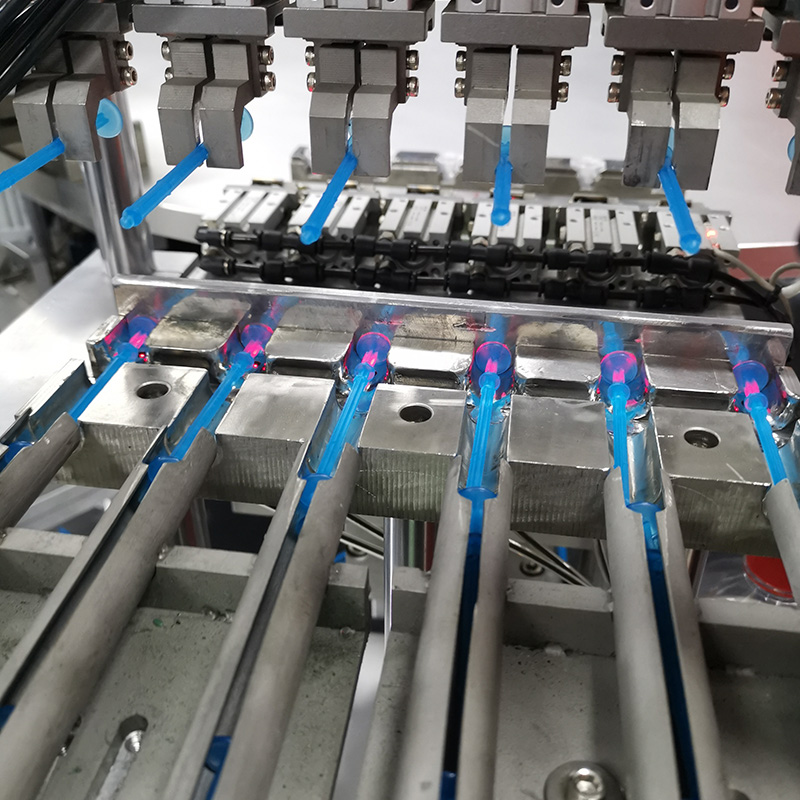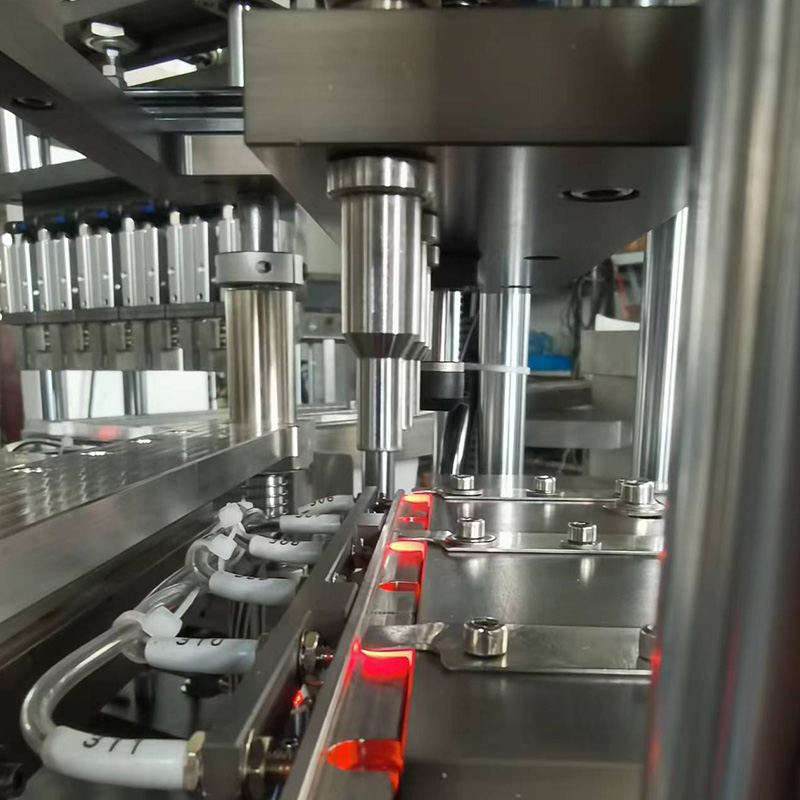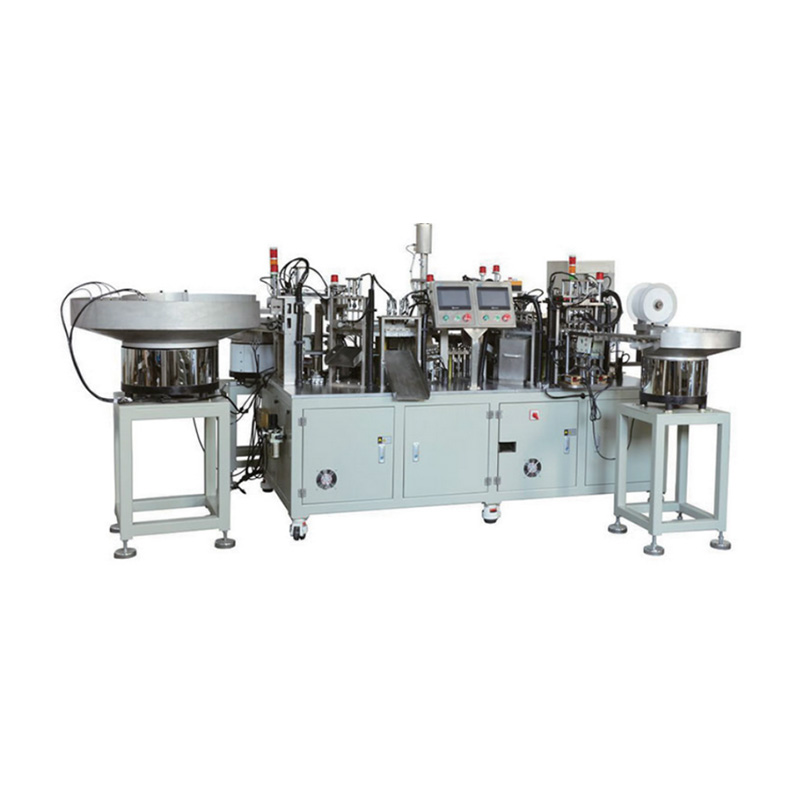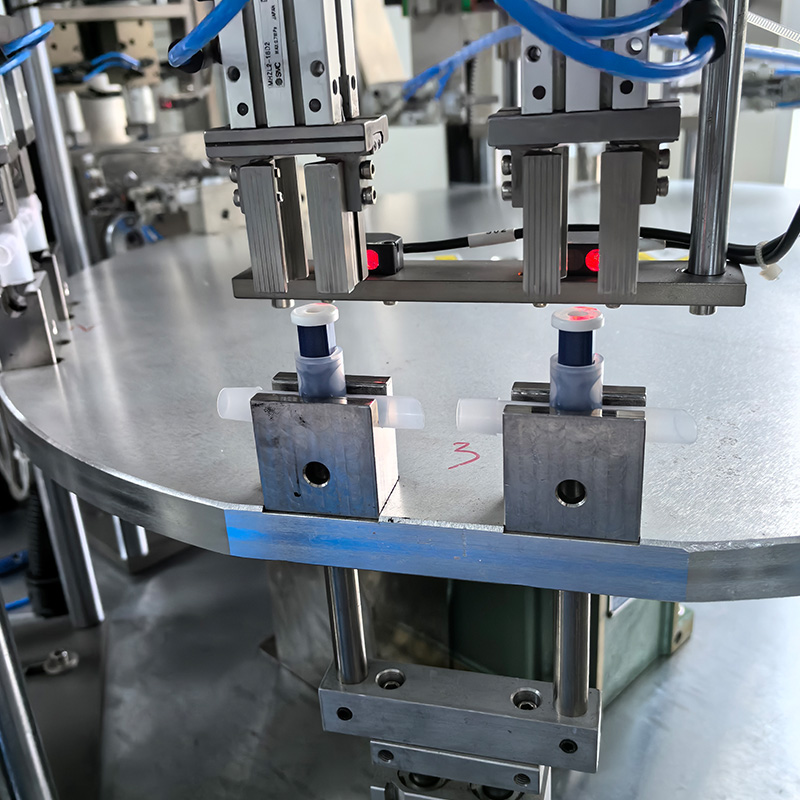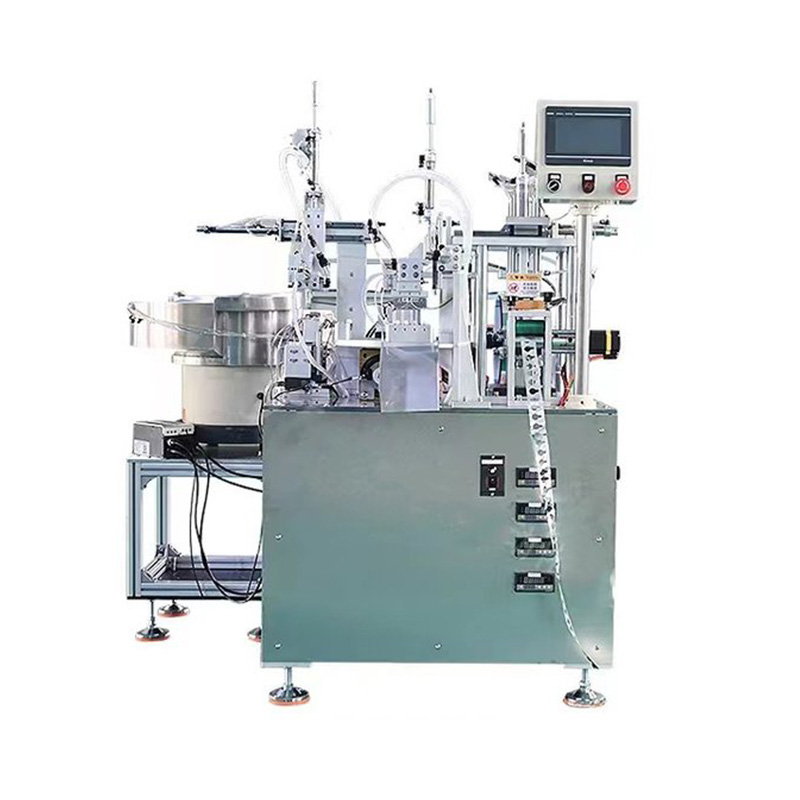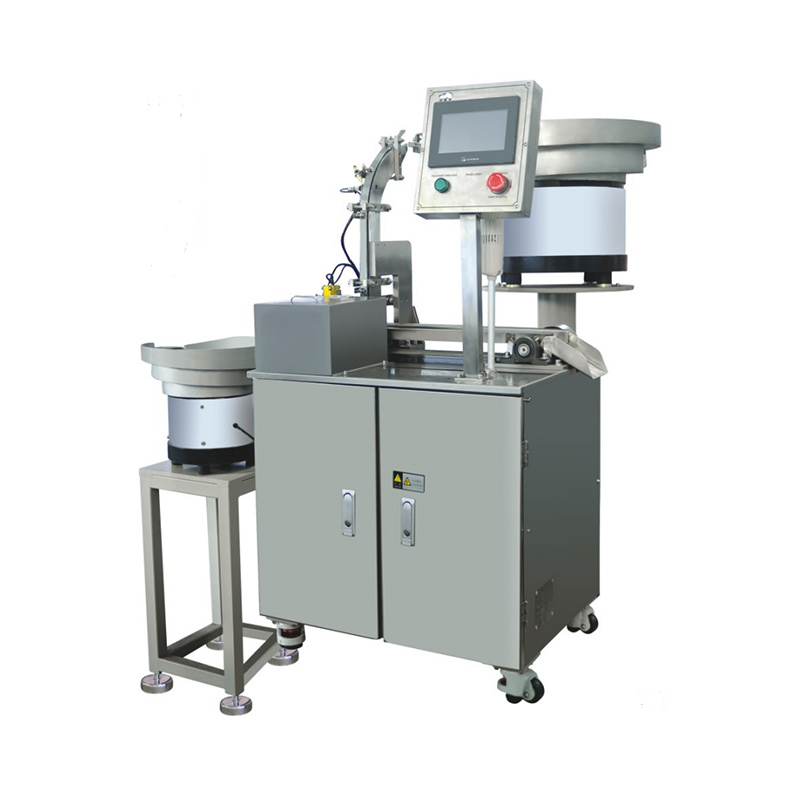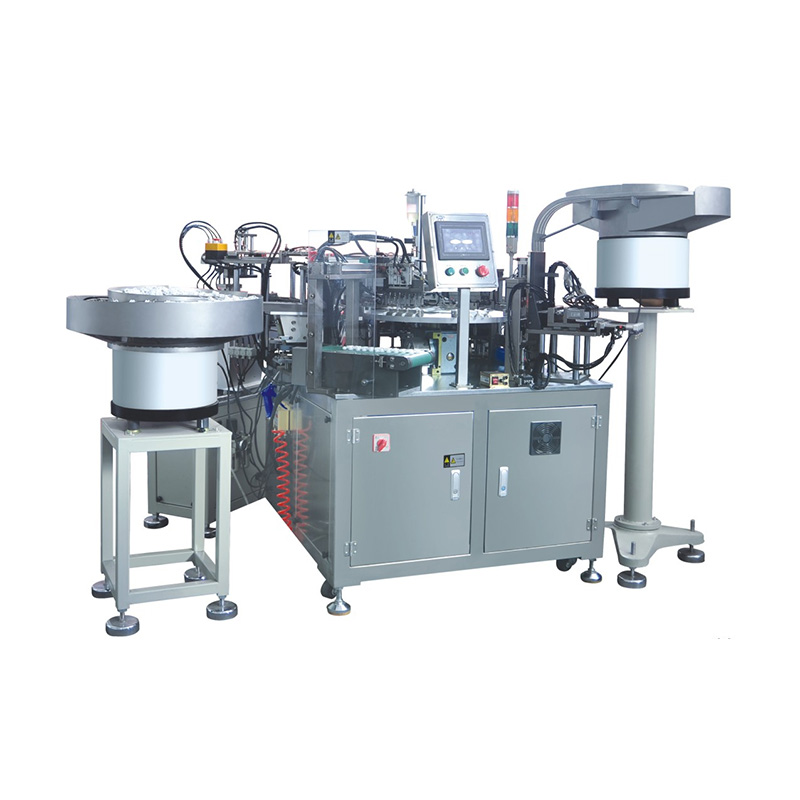China Zhejiang Taizhou Ambe Trading Co., Ltd. is a manufacturer specializing in the production of medical equipment automation equipment.
The landscape of medical device manufacturing is undergoing a significant transformation, driven by the relentless pursuit of precision, efficiency, and the ability to meet highly specific clinical needs. At the heart of this evolution lies the increasing sophistication and adoption of automation, particularly specialized systems like the non-standard automated medical assembly machine. While traditional automated medical assembly machine platforms have served the industry well for standardized, high-volume products, the demand for patient-specific implants, complex combination devices, and novel diagnostics necessitates a new breed of flexible automation.
Standard automated medical assembly machine solutions excel in repetitive tasks for mass-produced items like syringes or simple disposables. However, the medical sector's unique challenges—stringent regulatory requirements (FDA, MDR, ISO 13485), ultra-clean environments, microscopic tolerances, and the sheer diversity of low-to-medium volume, highly complex products—often render off-the-shelf automation inadequate. This gap is precisely where the non-standard automated assembly machine proves invaluable. These systems are not merely modified standard units; they are conceived and engineered from the ground up to tackle bespoke manufacturing challenges.
The core strength of a non-standard automated medical assembly machine is its inherent flexibility and configurability. Imagine assembling a complex microfluidic diagnostic cartridge requiring the precise placement of nanoliters of reagents, delicate membrane lamination, and laser welding—all within a sterile or controlled environment. A standard automated medical assembly machine might struggle with such variability and precision demands. In contrast, a purpose-built, non-standard automated medical assembly machine integrates specialized vision systems, micro-dispensing technologies, unique part-handling grippers, and custom validation protocols tailored to that exact product's bill of materials and assembly sequence.
The distinction is crucial. While any automated medical assembly machine aims to replace manual labor and improve consistency, a non-standard automated assembly machine is defined by its unique engineering solution for a problem that cannot be solved efficiently by conventional automation. This might involve handling unusually fragile biomaterials, performing intricate sub-millimeter alignments under vision guidance, or integrating complex in-process testing like electrical impedance checks or fluidic integrity verification directly into the assembly cell. The development of a non-standard automated medical assembly machine is often a close collaboration between the device manufacturer and specialized automation integrators.
The benefits of deploying a non-standard automated medical assembly machine are compelling. Firstly, it enables the manufacturing of highly sophisticated devices that would be impractical or impossible to assemble manually with the required consistency and sterility. Secondly, it significantly enhances quality control by embedding validation steps directly into the automated process, reducing human error—a critical factor in medical device safety. Thirdly, despite the higher initial engineering investment compared to a standard automated medical assembly machine, a well-designed non-standard automated assembly machine often delivers a return on investment for low-to-medium volume, high-value products by slashing scrap rates, minimizing rework, and accelerating time-to-market for innovative devices.
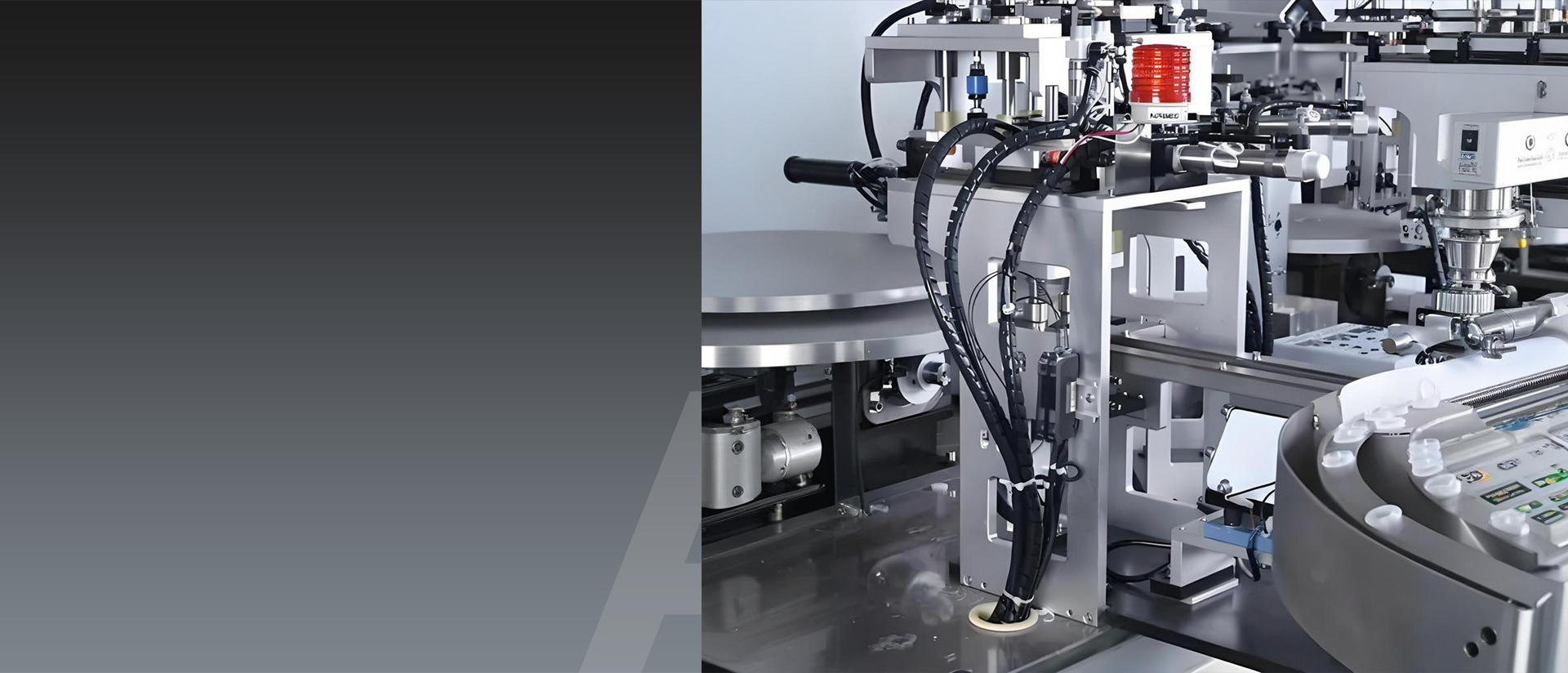
""Moving beyond standard platforms is essential for next-generation medtech,"" states Dr. Anya Sharma, VP of Manufacturing Innovation at VitaTech Solutions. ""Our latest minimally invasive surgical tool required a non-standard automated medical assembly machine capable of assembling components under a microscope with 5-micron precision in a nitrogen-purged environment. A conventional automated medical assembly machine simply couldn't meet these parameters. This custom solution wasn't just about automation; it was about making the product viable."" This sentiment echoes across the industry, particularly in orthopedics (patient-specific implants), advanced diagnostics (lab-on-a-chip devices), and drug delivery systems (smart injectors).
The journey from concept to a functioning non-standard automated medical assembly machine involves meticulous planning. It requires deep process understanding, rigorous risk analysis (including FDA validation considerations like IQ/OQ/PQ), and selecting integrators with proven medical device expertise. The complexity exceeds that of deploying a standard automated medical assembly machine, demanding significant upfront engineering resources. However, the payoff is a manufacturing asset uniquely capable of producing a specific, often groundbreaking, medical device with unparalleled quality and efficiency.
Looking ahead, the role of the non-standard automated assembly machine will only expand. As personalized medicine advances and device complexity increases, the demand for highly adaptable, precision automation will surge. While the standard automated medical assembly machine remains vital for high-volume staples, the frontier of medical manufacturing innovation is increasingly defined by the capabilities of the bespoke non-standard automated medical assembly machine. These sophisticated systems are not just assembling devices; they are enabling the future of patient care by making the manufacturing of highly specialized, life-saving technologies feasible, reliable, and compliant. The evolution from generic automated medical assembly machine platforms towards intelligent, adaptable, non-standard automated assembly machine solutions marks a pivotal shift in how the medical industry builds the tools for tomorrow's healthcare challenges.

 English
English русский
русский Español
Español

